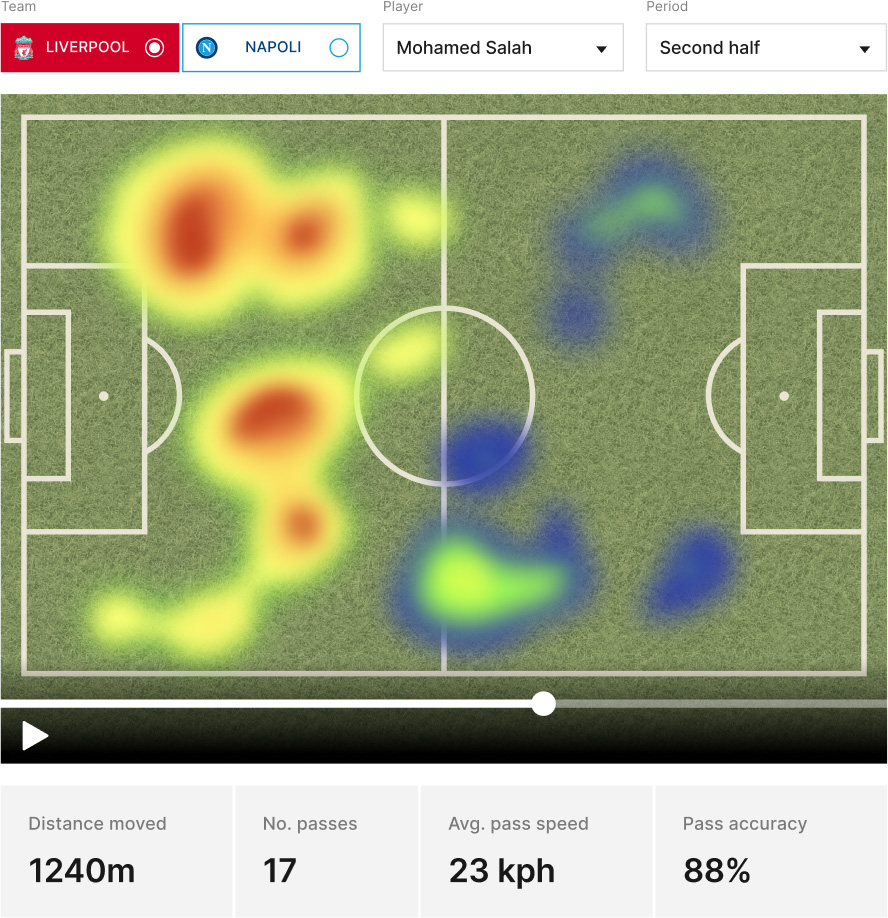4 ways new FIFA technology could make football more accessible to fans.
This November will see the use of semi-automated offside technology at its first major tournament; the FIFA World Cup 2022™ in Qatar. You can read full details of how the system will work here. In short, a multitude of cameras and sensors located around the stadium will be able to track the ball and players’ every movement around the pitch to an incredible level of accuracy. As the name implies, the primary use case will be for officials to be able to confidently adjudicate tight offside decisions and convey this decision to spectators, but how could this technology be utilized to provide greater insight into games for fans?
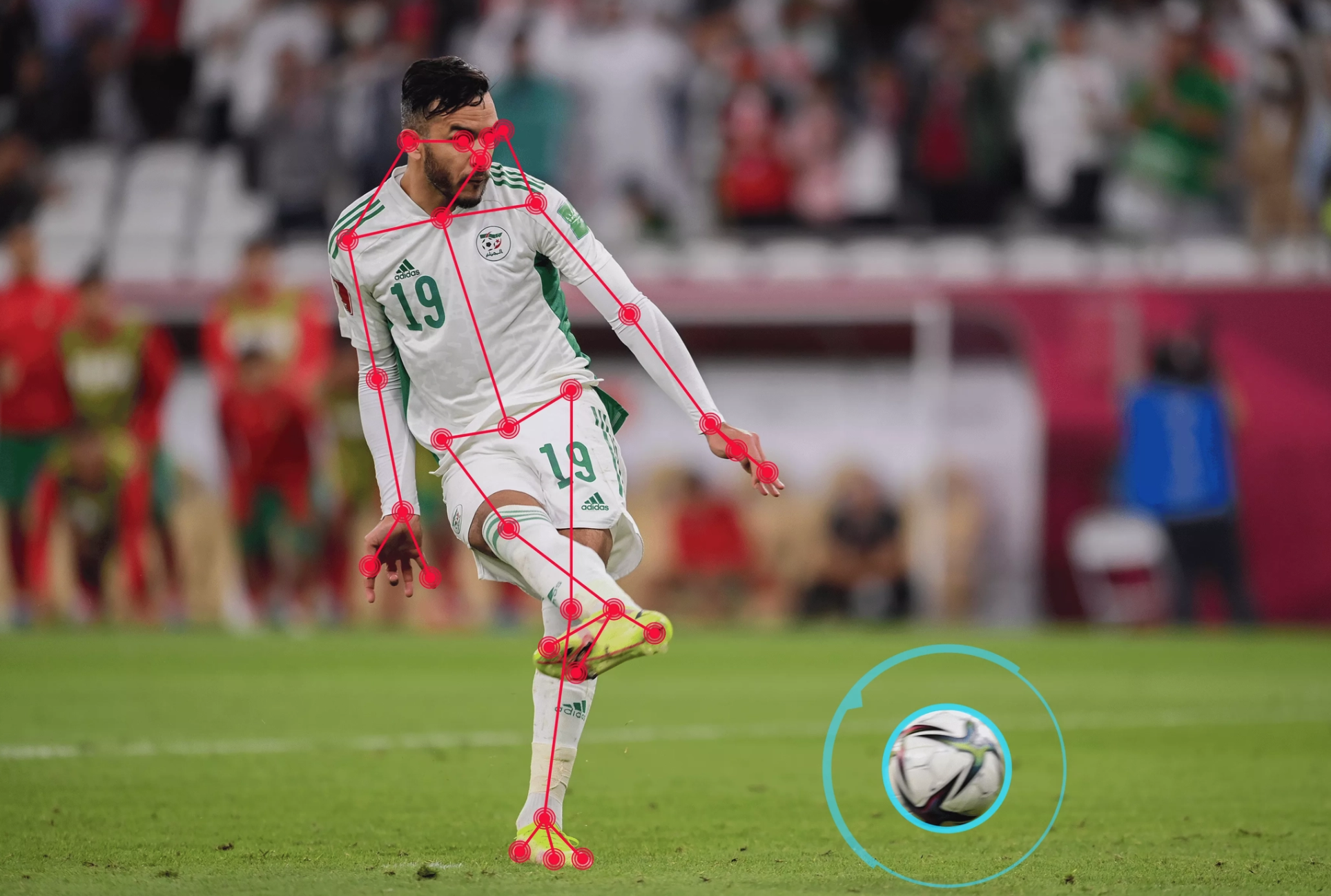

1. Bringing match visualizations to audio commentary
TV broadcast rights to live football matches are expensive. Consumer TV subscriptions to watch these matches are also expensive. On the flipside, radio and audio-only commentary of matches are widely available and generally free.
The audio commentary could be combined with a real-time, animated visualization of the pitch, with the players and ball moving around in sync with the real-world game. The listeners (who are now viewers) can watch the play of the ball and their team, much like watching the match.
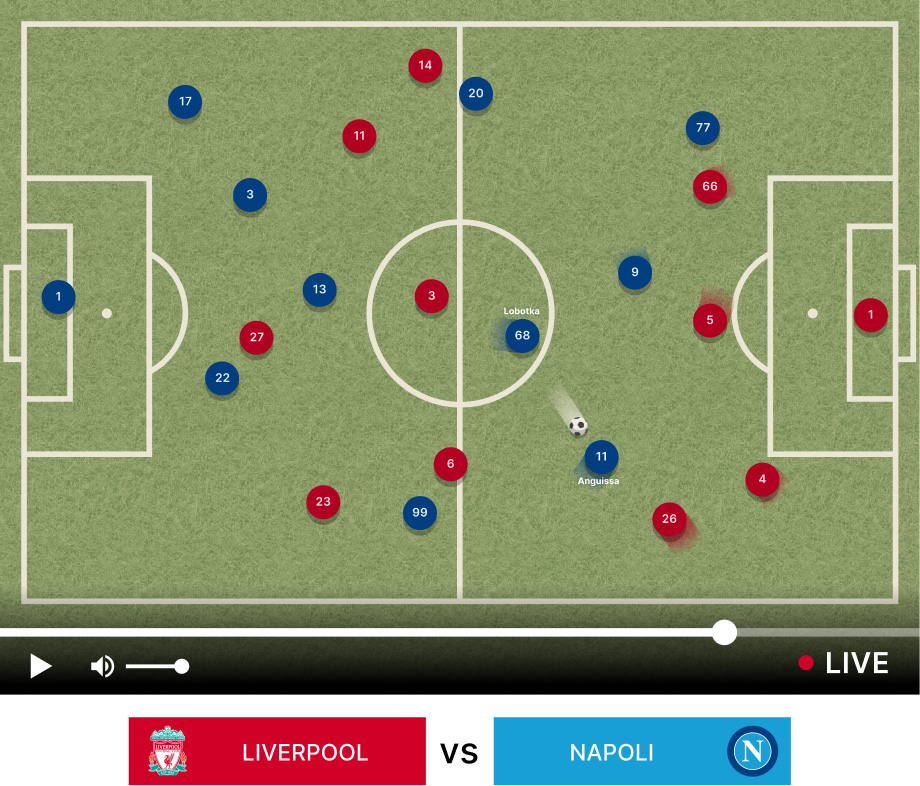
2. Haptic feedback for visually impaired fans
Blind or visually impaired fans are typically restricted to an audio-only experience of football games and are reliant on the skill of a commentator to describe the position of the ball on the pitch.
Combining the data made available via the semi-automated offside technology and one of a number haptic ‘touchable tablets’ available, could enable a blind user to feel where the ball is on the pitch at any given moment and track its position in real-time as it is passed from player to player.
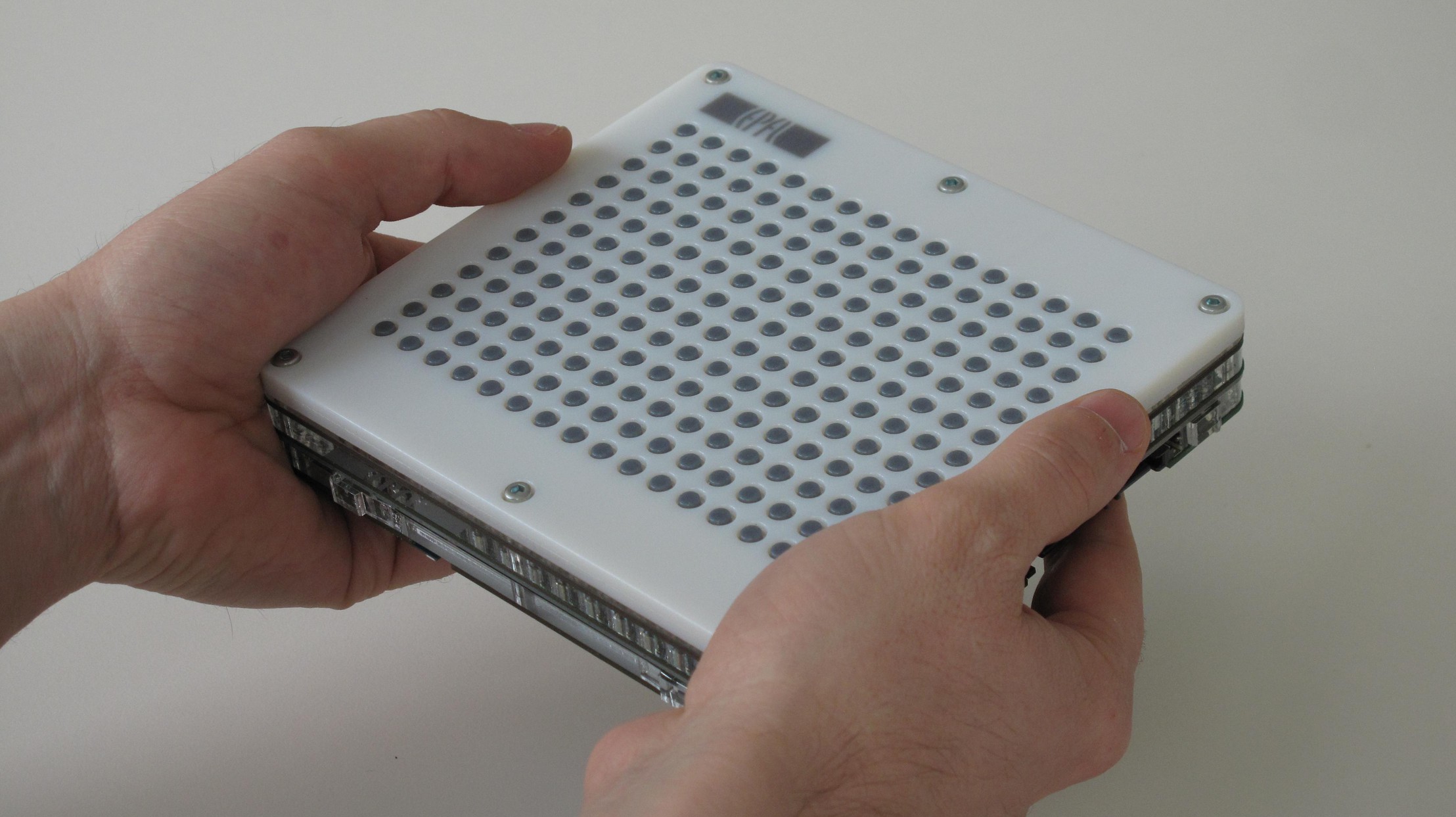
3. Animations of key events
Reading post-match reports of a game on sports sites is boring. Even the most talented writer will find it hard to describe the nuance of a play that led to a goal. Using a similar approach as described in point 1, news organizations could include short animations of key segments of play automatically generated by the positional data made available to them via the semi-automated offside technology.
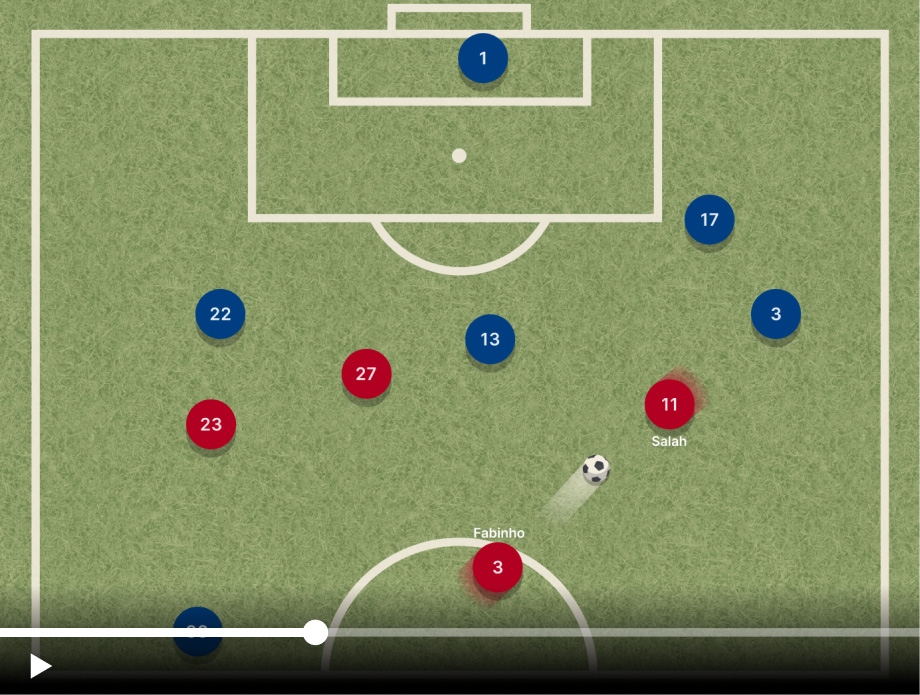
4. Data visualization
And lastly, one for the real football-data-geeks – almost unlimited information around how their team plays; the movement of specific players around the pitch, how the ball is passed, the speed accuracy, etc. The possibilities are endless and a goldmine for statisticians who pour over every detail of a game.
